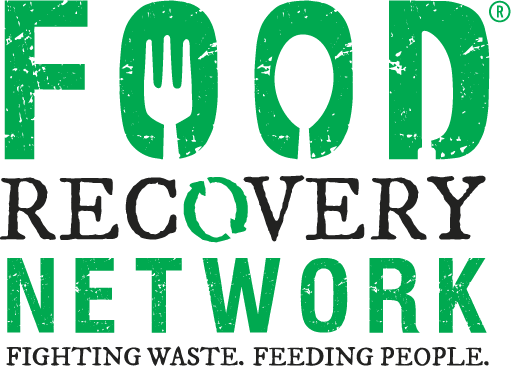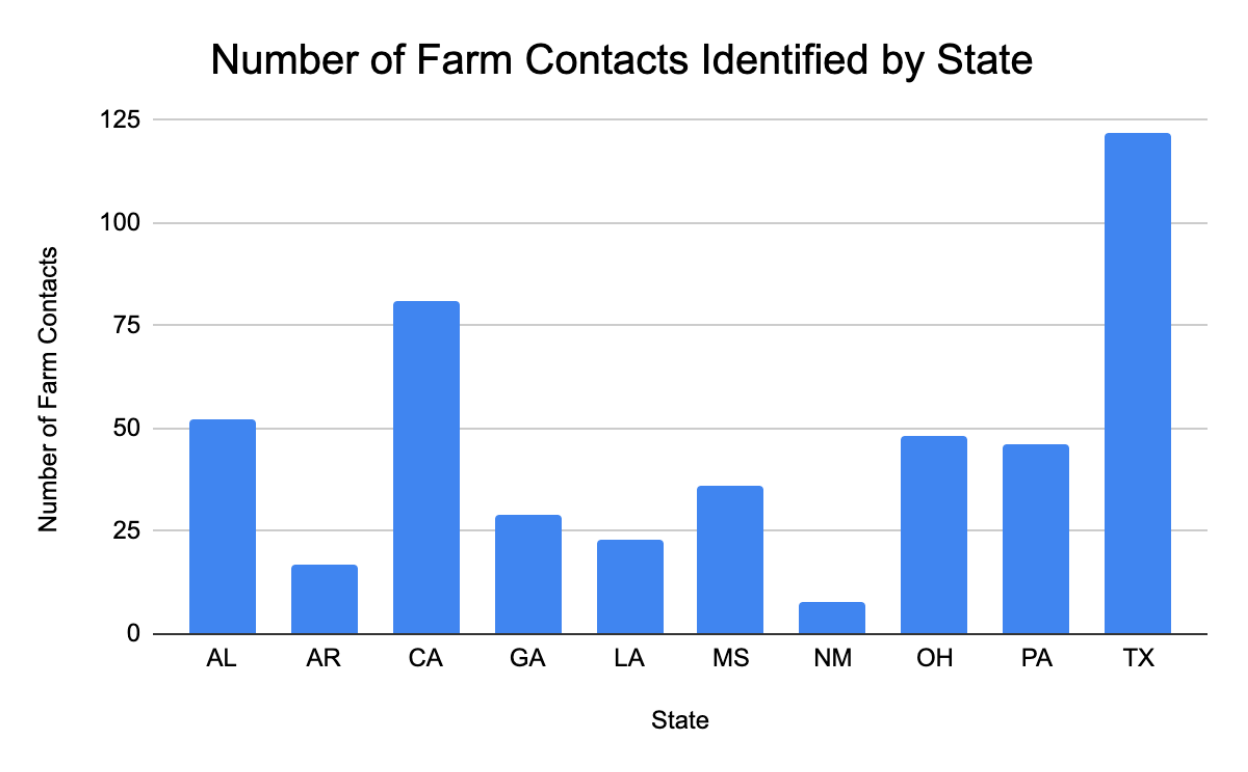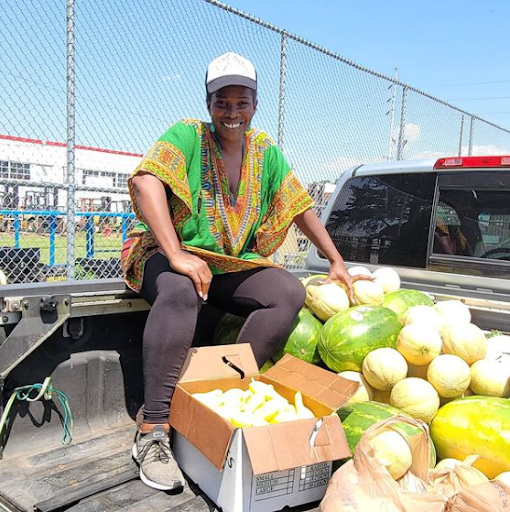This spring, FRN continued hosting research Power Hours to support our friends at The Farmlink Project. Power Hours are one-hour zoom calls where volunteers help us find farm contacts in regions where surplus food is occurring and food insecurity rates are highest. This research is so important because it allows FRN and The Farmlink Project to contact more farmers and offer food recovery support so that we can reduce food waste and feed more people. With help from some of our key partners, including Aramark, Clif Bar, fairlife, Groupon, OXO, and Sodexo we recovered 3 million pounds of surplus food in six months - that’s double the impact of this program compared to last fall!
Since January, FRN and our volunteers have identified 601 new farm contacts for The Farmlink Project. These connections were made as harvest seasons changed, a time when surplus food becomes available due to shifts in consumer preferences for produce. In the weeks and months when farmers have an abundance of products while consumer demand has dropped, The Farmlink Project will help farmers donate their surplus food, rather than letting it go to waste.
At the same time, our work enabled The Farmlink Project to move more produce into communities across the country that are experiencing high rates of food insecurity. In total, 75% of the farm contacts that we identified operate in states where food insecurity rates are the highest in the U.S. Check out FRN’s Roundtable Talks to learn more about FRN’s ten target states and our systems change work!
Joining Power Hours is a great way to get involved in the fight against hunger and climate change, and to engage in volunteer service with friends and colleagues. Check out the impact that our friends at OXO had this year, detailed below! If your organization is interested in scheduling a dedicated research Power Hour, contact FRN’s Program Manager, Erin Price, at erin.price@foodrecoverynetwork.org.
Power Hour Spotlight: OXO
To kick off Earth Month in April, FRN organized a dedicated research Power Hour for our friends at OXO, and it was an incredible success. OXO recruited 42 volunteers from their company to join this virtual volunteer opportunity with FRN, and within the hour they added over 100 new farm contacts to The Farmlink Project’s database.
This research led to the recovery and donation of 1 million pounds of surplus food, equivalent to 910,000 meals, that would have otherwise gone to waste! Aside from helping to feed people, by engaging in this Power Hour, OXO also prevented 480.92 metric tons of CO2 from entering the atmosphere, which equates to taking 1,200 cars off the road, by keeping good food out of our landfills.
We’re so grateful to our partners like OXO for their participation in Power Hours and we look forward to hosting more volunteer calls in the fall.















